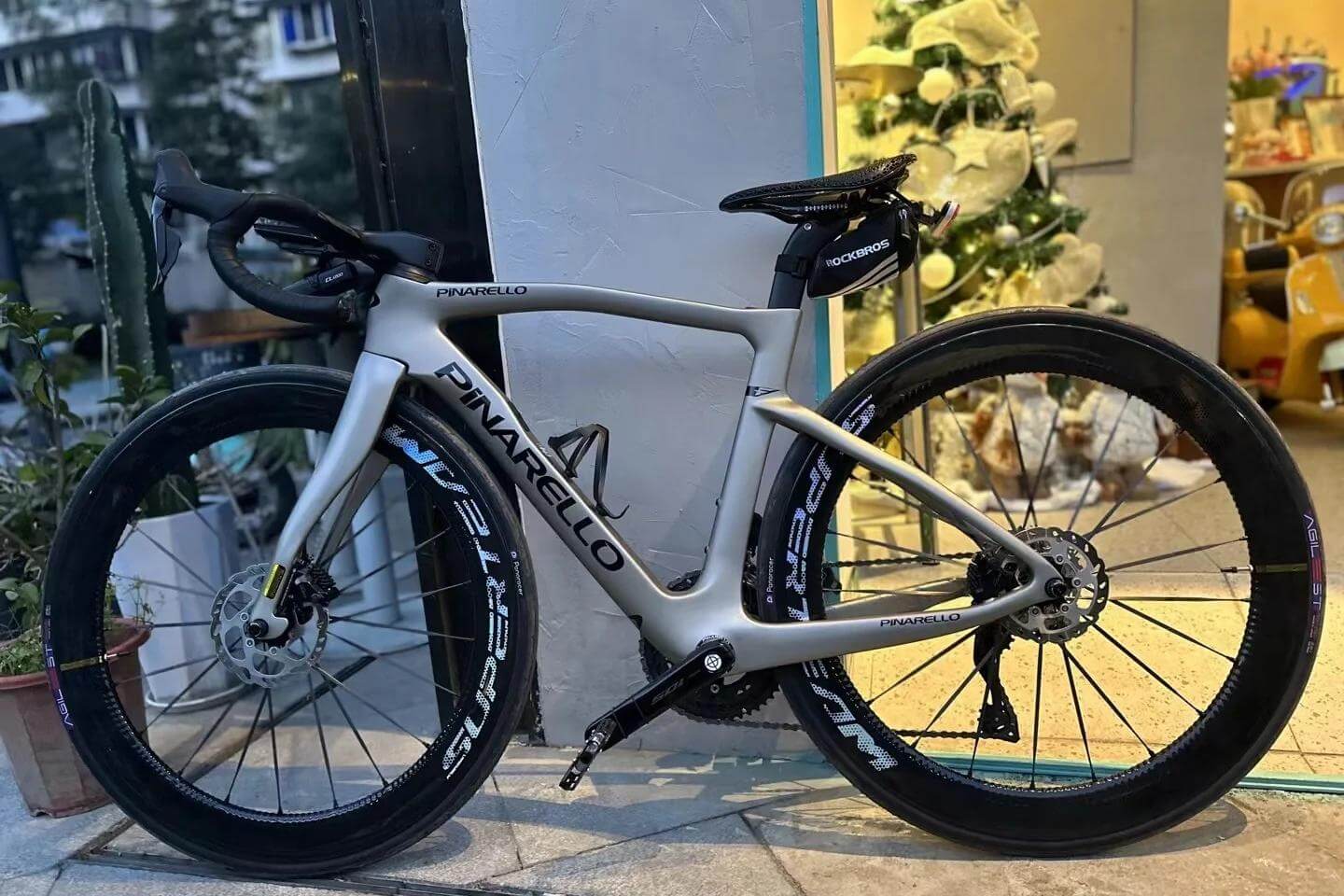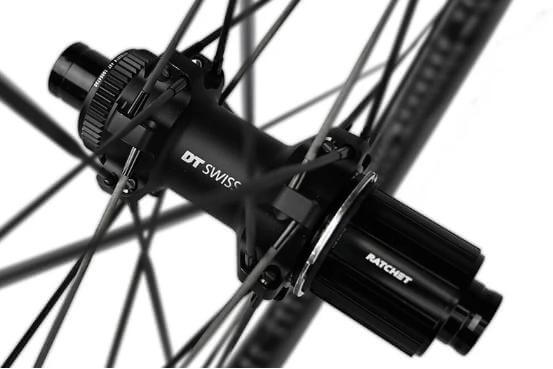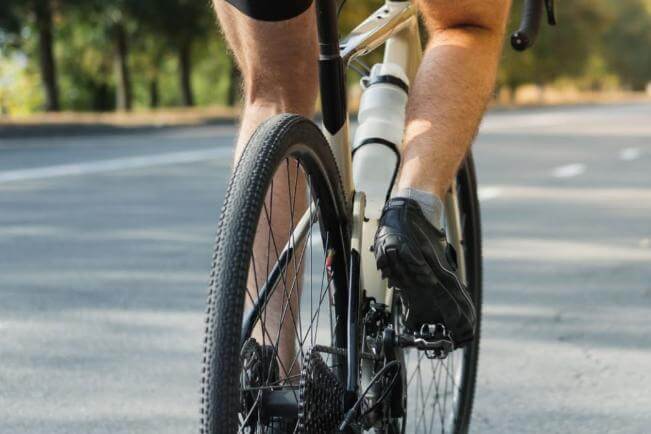In road cycling, riders often focus on leg strength, knee health, and saddle comfort, but one area is frequently overlooked: the cervical spine (neck).
Long periods of looking down, aerodynamic riding positions, and constant vibrations—these seemingly normal actions put increasing stress on the neck.
This article will help you understand common neck fatigue issues in cycling, potential risks, and practical ways to alleviate the situation, allowing you to ride more comfortably and for longer.
I. Why Is Neck Fatigue Common in Cycling?
 1. Long Periods of Looking Down
1. Long Periods of Looking Down
The aerodynamic position in road cycling requires a low upper body while keeping the head raised to look forward. This places the cervical spine in an extended, unnatural posture for prolonged periods.
2. Fixed Line of Sight While Riding
During cruising, sprinting, or climbing, riders tend to focus far ahead, causing neck muscles to remain tight for extended periods.
3. Handlebars Set Too Low or Reach Too Far
Many cyclists chase low wind resistance and set their handlebars too low or use stems that are too long, further straining the neck angle.
4. High-Frequency Road Vibrations
The arms and shoulders can’t fully absorb road vibrations, some of which are directly transmitted to the neck, increasing chronic fatigue.
II. Common Symptoms of Neck Fatigue
Stiffness and soreness in the neck after long rides
Heavy shoulders and a tight upper back
 Headaches, visual fatigue, and sometimes affect concentration
Headaches, visual fatigue, and sometimes affect concentration
Limited neck mobility, long recovery time, and in some cases, nerve compression discomfort.
III. How to Effectively Prevent and Improve Neck Fatigue
1. Adjust Riding Position Properly
 The handlebars should not be set too low. A reasonable drop from the saddle to the handlebar is recommended to avoid excessive torso compression.
The handlebars should not be set too low. A reasonable drop from the saddle to the handlebar is recommended to avoid excessive torso compression.
Control the arm stretch and avoid using overly long stems.
Maintain a natural, relaxed neck position. Don’t stare fixedly at distant points—regularly shift your gaze to relieve tension.
2. Strengthen Shoulder, Neck, and Upper Back Muscles
Adding the following exercises can improve neck endurance:
Dumbbell shrugs
Trapezius muscle strengthening
Back extension exercises (such as Superman pose)
Light neck resistance training
3. Actively Relax During the Ride
Every 30–60 minutes, gently rotate your neck and slowly move it up, down, and side to side to release pressure.
When taking rest stops, do simple neck stretches.
4. Use Appropriate Shock-Absorbing Equipment
Comfortable cycling gloves
Slightly softer handlebar tape
More advanced 3D-printed saddles, which can filter out significant road vibrations
 Wheelsets or tires with shock absorption, such as wider tires and lower tire pressure setups
Wheelsets or tires with shock absorption, such as wider tires and lower tire pressure setups
5. Post-Ride Stretching and Heat Therapy
After the ride, stretch the shoulder and neck areas, focusing on the trapezius and sternocleidomastoid muscles.
Use heat therapy or a foam roller to relax tight back muscles.
IV. When Should You Take It Seriously or Seek Medical Help?
You should see a doctor if:
Neck pain persists for more than two weeks and worsens over time
Obvious joint stiffness or nerve-pulling sensations
Numbness in the hands, arm weakness, or severe neck stiffness occurs
Do not ignore chronic fatigue-induced neck injuries. Early adjustments often lead to complete relief.
V. Conclusion
Cycling is a high-intensity, long-duration endurance sport. Although neck issues are not as commonly discussed as knee pain, once neglected, they can become a hidden threat to comfort and the longevity of your cycling life.
Remember:
Properly adjust your bike geometry and riding position
Actively relax and strengthen your shoulder, neck, and upper back muscles
Prioritize equipment comfort and vibration damping
Stretch regularly and recover scientifically
These habits will help keep your cycling healthy and sustainable in the long term.








Leave a comment
All comments are moderated before being published.
This site is protected by hCaptcha and the hCaptcha Privacy Policy and Terms of Service apply.